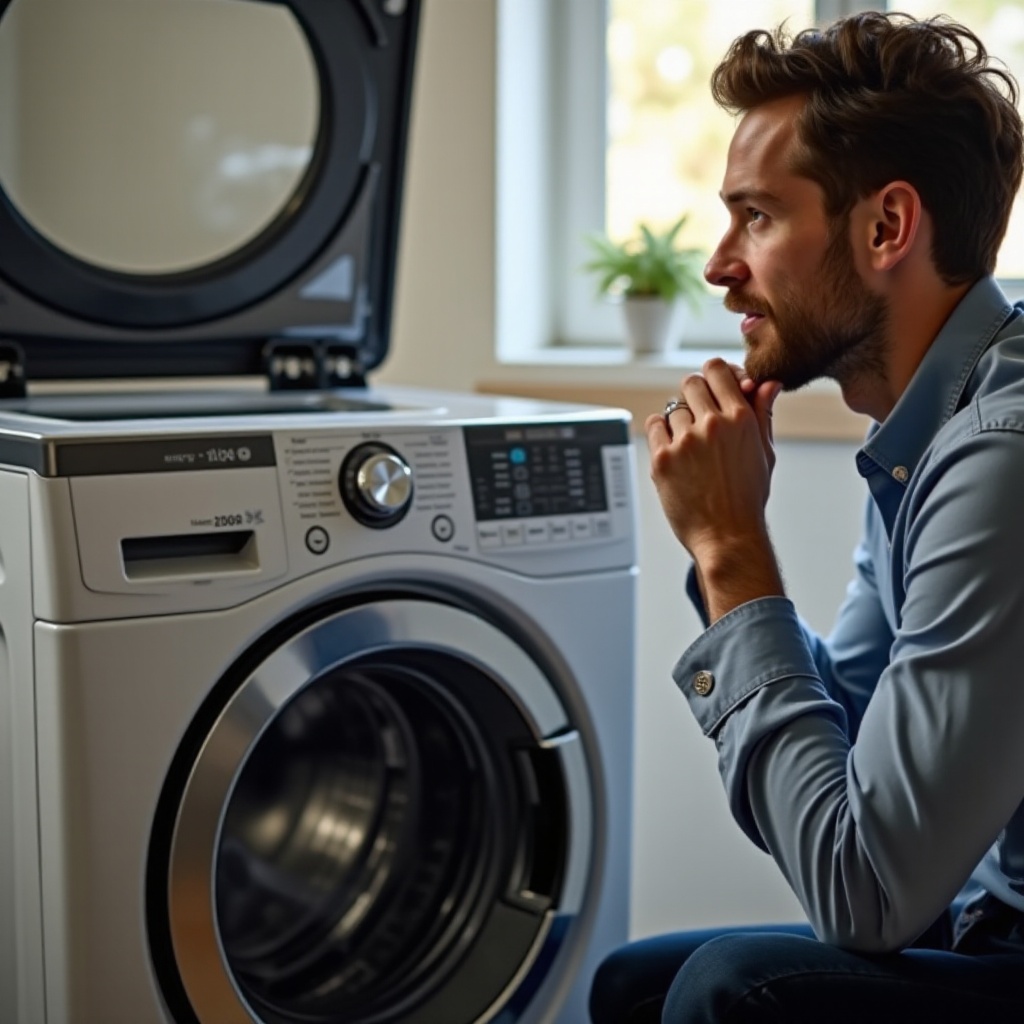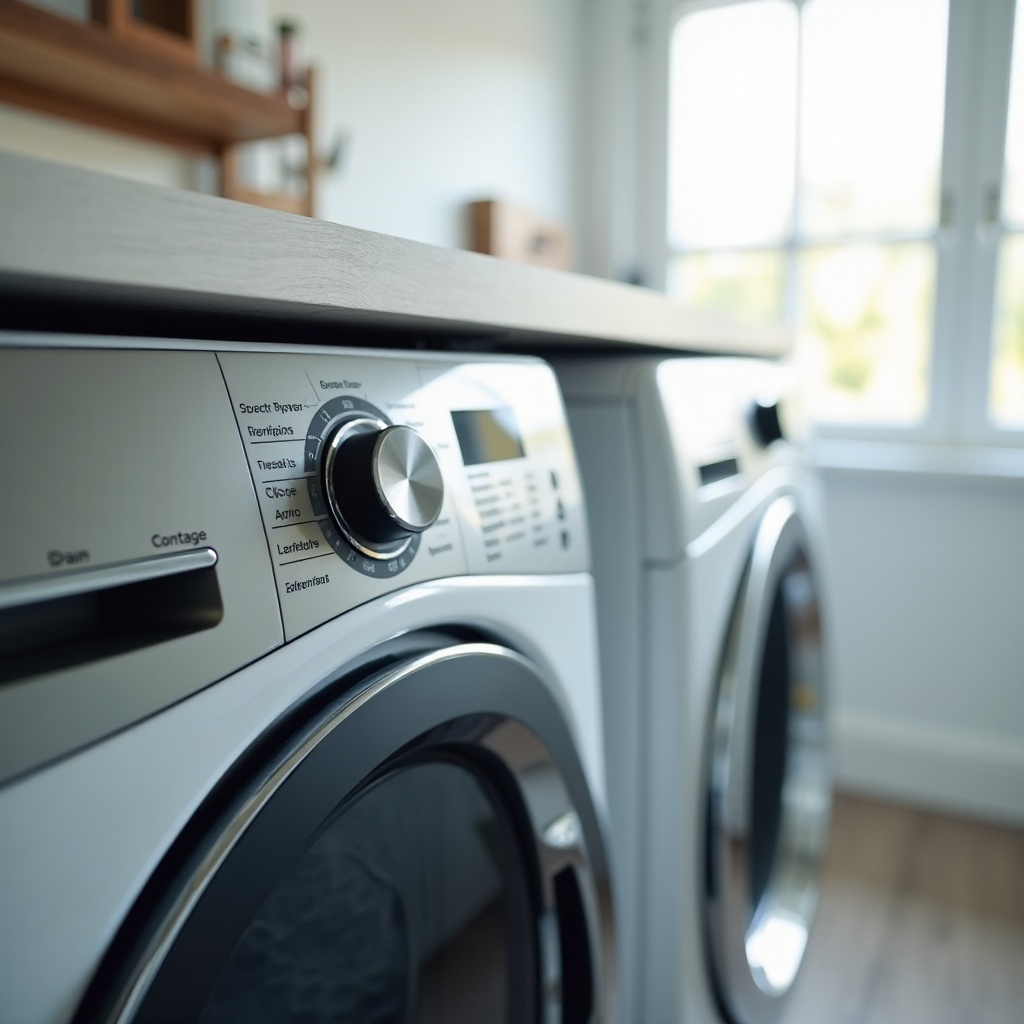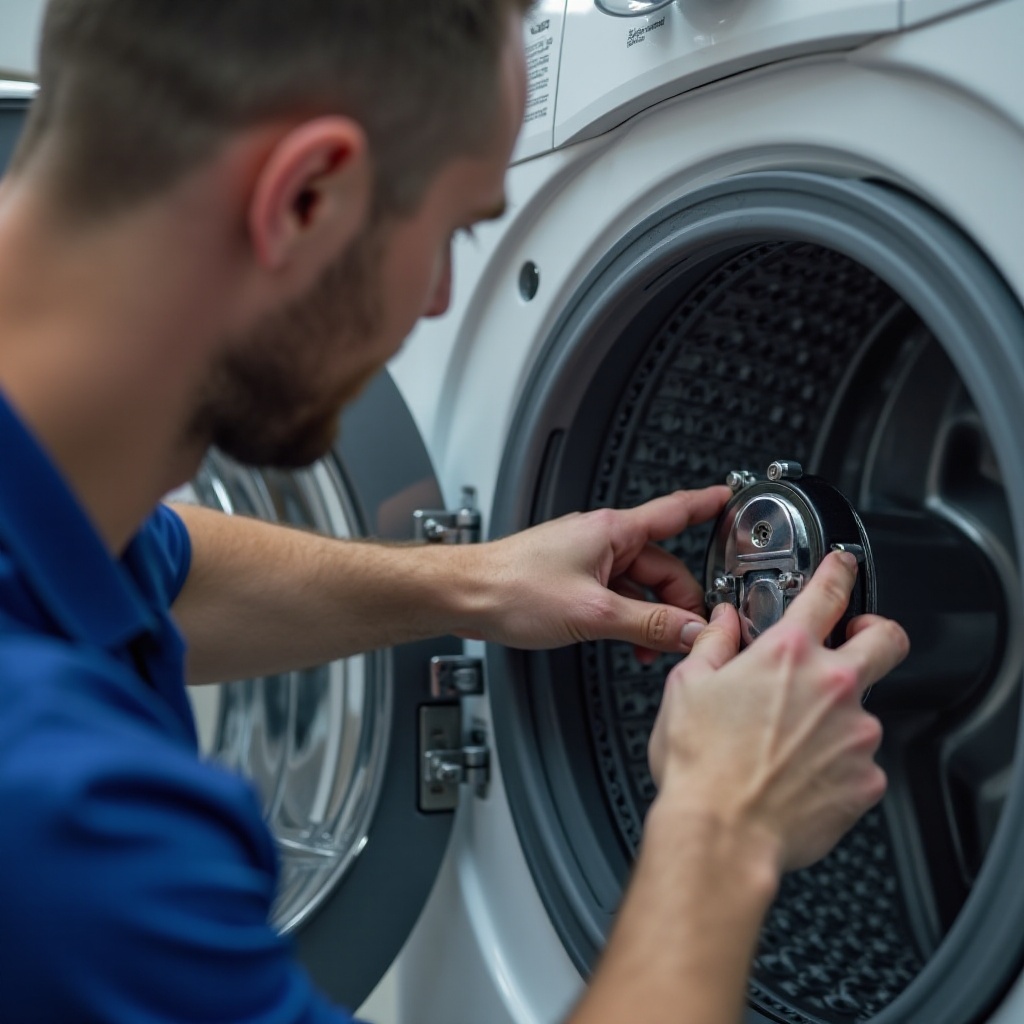Introduction
When your washing machine spins and drains but won't agitate, it disrupts your laundry routine and leaves clothes less clean. Agitation is vital for properly mixing water and detergent, ensuring thorough cleaning. This guide helps diagnose and fix the problem. You'll learn why agitation matters, common causes of failures, and practical solutions, whether you're a DIY enthusiast or considering professional help.

Understanding Washing Machine Functionality
A washing machine's operation involves spinning, draining, and agitating as core components of its cycle. Understanding how these functions interrelate clarifies why an agitation failure might occur.
The Role of Agitation in Washing
Agitation involves a back-and-forth motion crucial for loosening soil among clothes. This movement allows detergent to penetrate fabric fibers, tackling stains effectively. Without it, laundry may come out partially clean despite proper spinning and draining.
Difference Between Agitation, Spinning, and Draining
Spinning uses centrifugal force for water removal, leaving clothes damp but not soaking wet, while draining expels used water from the machine. Agitation affects cleaning efficiency primarily, distinguishing why a failure solely in this function still enables spinning and draining cycles to complete.

Common Causes of Agitation Failure
Determining the cause of agitation problems is essential for implementing a fix. Causes generally fall into mechanical, electrical, or wear and tear categories.
Mechanical Problems
Mechanical issues causing agitation failure include:
1. Worn Drive Belt: Connects motor to washing machine transmission and facilitates movement.
2. Malfunctioning Agitator Components: Worn agitator dogs result in reduced or no movement.
3. Faulty Drive Coupling: Particularly in direct-drive machines, worn coupling impairs function.
Electrical Issues
Electrical faults such as defective timers, problematic lid switches, and faulty capacitors can prevent proper electrical flow for the agitation cycle. Diagnosing these can resolve power flow interruptions.
Wear and Tear Factors
Continuous use naturally results in component wear. Routine inspection helps detect and address inevitable wear that may affect operation.
DIY Troubleshooting and Solutions
Examining and resolving basic issues may reduce professional repair needs.
Inspecting and Replacing the Drive Belt
Check the drive belt for wear or breakage, replacing it to restore mechanical movement if necessary.
Testing the Agitator Dogs
Access and inspect agitator dogs for wear, replacing any that are no longer engaging as designed.
Examining the Lid Switch
The lid switch is critical for safety and operation. Test its condition with a multimeter and ensure it functions fully to permit machine cycles.
When to Seek Professional Help
Complexity beyond DIY capabilities necessitates professional repair services, particularly when issues involve:
- Complex Mechanical Failures: Components like transmissions often require expert handling.
- Electrical Component Diagnostics: Electrical complications prefer professional analysis to avoid unsafe repair attempts.
Preventive Maintenance Tips
To minimize future issues, implementing preventive maintenance regularly can preserve washer functionality.
Routine Cleaning Practices
Run a cleaning cycle using white vinegar and baking soda to clear residues from the tub and internal hoses.
Best Practices for Load Sizes
Prevent overloading the machine by adhering to manufacturer load recommendations, reducing undue strain on moving parts.
Using the Right Detergents
Use detergents compatible with your model, specifically opting for High-Efficiency types for certain washers to reduce excess suds and prevent damage.

Conclusion
Proper identification and troubleshooting can often address agitation issues. Identifying whether a DIY approach or professional service is warranted helps maintain appliance longevity. The right maintenance maintains your washer's essential functions efficiently and reliably.
Frequently Asked Questions
What are the common signs that a washing machine is not agitating?
Typical signs include unusual silence during the wash cycle and clothes emerging less clean than usual.
Can I fix agitation problems myself?
Yes, many issues like replacing the drive belt or agitator dogs are manageable DIY tasks, but complex electrical problems need professional attention.
How often should I perform maintenance on my washing machine to prevent agitation issues?
Conduct routine maintenance every six months to keep everything clean and to check mechanical components.
